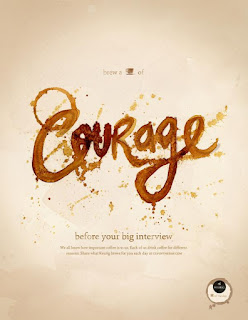I was reading an article in last week’s New Yorker and it
reminded me of the topic of hegemony and the back and forth negotiations
between the general public and elites. The article was on the Hays Code, a
guideline which dictated how much sex could be shown and discussed in movie during the 1930’s. Prior to the Hayes Rule movies were generally
more open about the topic of sex and contained “sardonic bluntness” and “suggestive
dialog”. Some people were concerned about this and instituted a set of rules
which Hollywood followed for many years. Sex was such a taboo topic that
married couple were new shown sharing a bed rather they slept in separate twin
beds. Movies would replace sex with jokes and the genre of the romantic comedy. Later, in the 1952, movies became protected
by the 1st Amendment and as the rules loosened, sex in movies became
more accepted (and probably expected) by the public. Movies would again treat
sex as less of a taboo topic. As time went on the depiction of sex in movies
and in popular culture in general has become pretty much mainstream. There have
been time, though, over the years that the self appointed moral police has
tried to scale back the amount of sex allowed in certain media. In the 80s
Tipper Gore pushed for and got records to place warning labels on “explicit”
record and the 90s Senator Jesse Helms tried to block funding to any art which
he deemed immoral. This back and forth concerning the issue of sex in popular
culture has been continually progress in the direction of less censorship.
http://www.newyorker.com/magazine/2016/05/02/what-the-hays-code-did-for-women
http://www.publiceye.org/theocrat/Mapplethorpe_Chrono.html









